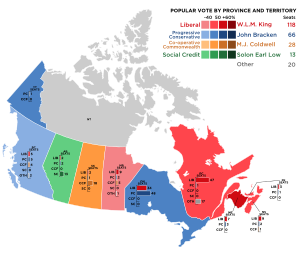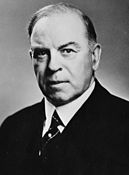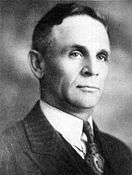Canadian federal election, 1945
|
|
|||||||||||||||||||||||||||||||||||||||||||||||||||||||||||||||||||||||||||||
|---|---|---|---|---|---|---|---|---|---|---|---|---|---|---|---|---|---|---|---|---|---|---|---|---|---|---|---|---|---|---|---|---|---|---|---|---|---|---|---|---|---|---|---|---|---|---|---|---|---|---|---|---|---|---|---|---|---|---|---|---|---|---|---|---|---|---|---|---|---|---|---|---|---|---|---|---|---|
|
|||||||||||||||||||||||||||||||||||||||||||||||||||||||||||||||||||||||||||||
|
|
|||||||||||||||||||||||||||||||||||||||||||||||||||||||||||||||||||||||||||||
|
245 seats in the 20th Canadian Parliament 123 seats needed for a majority |
|||||||||||||||||||||||||||||||||||||||||||||||||||||||||||||||||||||||||||||
|
|||||||||||||||||||||||||||||||||||||||||||||||||||||||||||||||||||||||||||||

|
|||||||||||||||||||||||||||||||||||||||||||||||||||||||||||||||||||||||||||||
|
|||||||||||||||||||||||||||||||||||||||||||||||||||||||||||||||||||||||||||||
William Lyon Mackenzie King
Liberal
William Lyon Mackenzie King
Liberal
The Canadian federal election of 1945 was the 20th general election in Canadian history. It was held June 11, 1945 to elect members of the Canadian House of Commons of the 20th Parliament of Canada. Prime Minister William Lyon Mackenzie King's Liberal government was re-elected to its third consecutive government, although this time with a minority government as the Liberals fell 5 seats short of a majority.
Although the election officially resulted in a minority government, the election of eight "Independent Liberal" MPs, most of whom did not run as official Liberals because of their opposition to conscription (see Conscription Crisis of 1944), gave the King government an effective working majority in parliament. Most of the Independent Liberal MPs joined (or re-joined) the Liberal caucus following World War II when the conscription issue became moot. As King was defeated in his own riding of Prince Albert, fellow Liberal William MacDiarmid, who was re-elected in the safe seat of Glengarry, resigned so that a by-election could be held, which was subsequently won by King.
The federal election was the first since the victory of the Co-operative Commonwealth Federation in the Saskatchewan provincial election, and many predicted a major breakthrough for the CCF nationally. A Gallup poll from September 1943 showed the CCF with a one-point lead over both the Liberals and Conservatives. The party was expected to win 70 to 100 seats, possibly even enough to form a minority government. Despite the expectations, the party only won 28 seats.
...
Wikipedia




